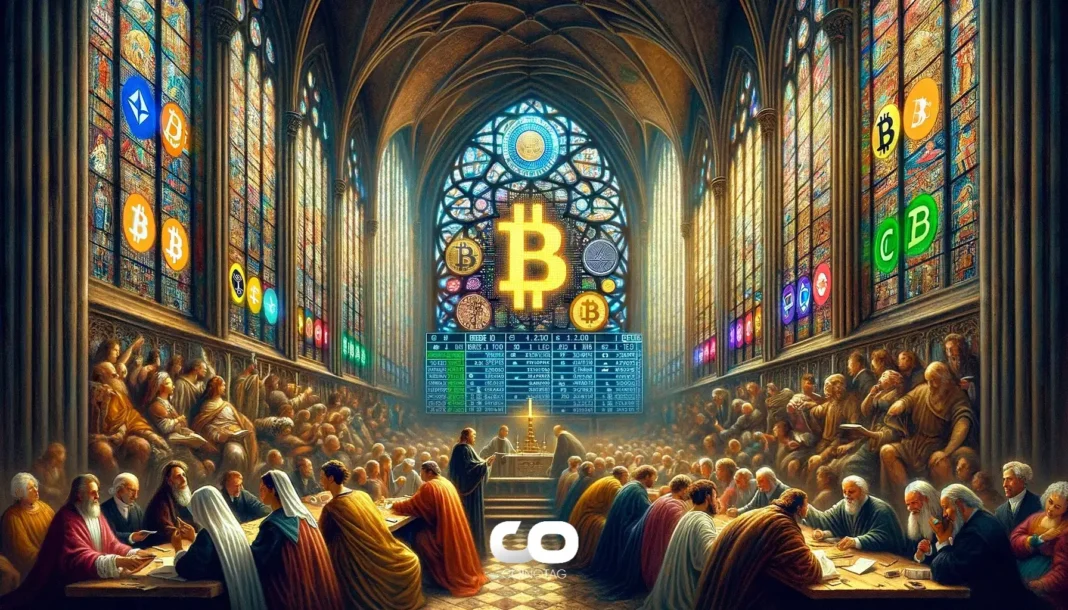- The growing interest in secondary markets for crypto is reshaping how investors trade tokens and equity.
- Recent statistics reveal a significant surge in trading activity on platforms specializing in these markets.
- “You put a lot of private capital into a new market, you wait a few years, and undoubtedly a few of these investments will want to try and get early liquidity,” commented David Mirzadeh, a notable market expert.
The emergence of secondary markets in crypto is changing the landscape for private investments, fostering both transparency and liquidity amid growing investor demand.
Surging Activity in Crypto Secondary Markets
In a notable shift within the crypto ecosystem, secondary markets have gained traction, providing investors with new avenues to trade previously illiquid tokens and equity. Since May 2023, platforms like SecondLane have reported a staggering 631% rise in activity, culminating in an order book value approaching $900 million by July. This dramatic increase not only reflects investor interest but also highlights the evolving nature of crypto investments.
The Impact of Venture Capital and Market Growth
The sharp uptick in secondary market transactions can largely be attributed to substantial venture capital investments and the overall expansion of private market assets. Recent data shows that while private fundraising decreased year-over-year, it still represents a doubling since the previous decade, amounting to nearly $1.05 trillion in 2023 according to McKinsey & Company. As David Mirzadeh aptly noted, substantial inflows of private capital into newer markets lead to a disproportionate demand for liquidity as investments mature.
Transforming Traditional Practices
Historically, the secondary market for cryptocurrency has been characterized by opaque trading practices, largely reliant on manual brokering through informal channels, such as Telegram. Notably, the completion of secondary deals surged from $28 billion in 2013 to an astounding $115 billion in 2023, as reported by BlackRock. However, the market’s transformation is fueled by the integration of innovative platforms that streamline transactions and ensure greater transparency.
Leveraging Automation and Transparency
With the rise of crypto-native platforms such as Acquire.fi and Bulletin, the secondary trading landscape is becoming increasingly automated. By reducing manual processes, these platforms improve efficiency and lower transaction costs. For instance, Jonas Thiele, co-founder of offx, indicated that his marketplace is preparing to expand its member base following a significant volume of trades. This not only demonstrates demand for these services but also points to a probable shift in how trades will be executed in the future.
Challenges and Growing Pains Ahead
While the ongoing transparency improvements in secondary markets herald a new era for crypto trading, they also present challenges for some established players. For instance, the public listing of prices and trading activity can reveal harsh realities for companies whose valuations have not kept pace with market conditions. Nick Cote, co-founder of SecondLane, warned that the recalibration of investor expectations may create discomfort among founders unaccustomed to such transparency.
Conclusion
The rise of secondary markets represents a critical evolution in the crypto landscape, offering a more structured and transparent framework for trading. As platforms continue to innovate and adapt to emerging demands, both investors and startups must navigate the growing pains associated with this shift. Ultimately, the enhancement of liquidity and accessibility in cryptocurrency trading will pave the way for more informed investment strategies in the years ahead.







